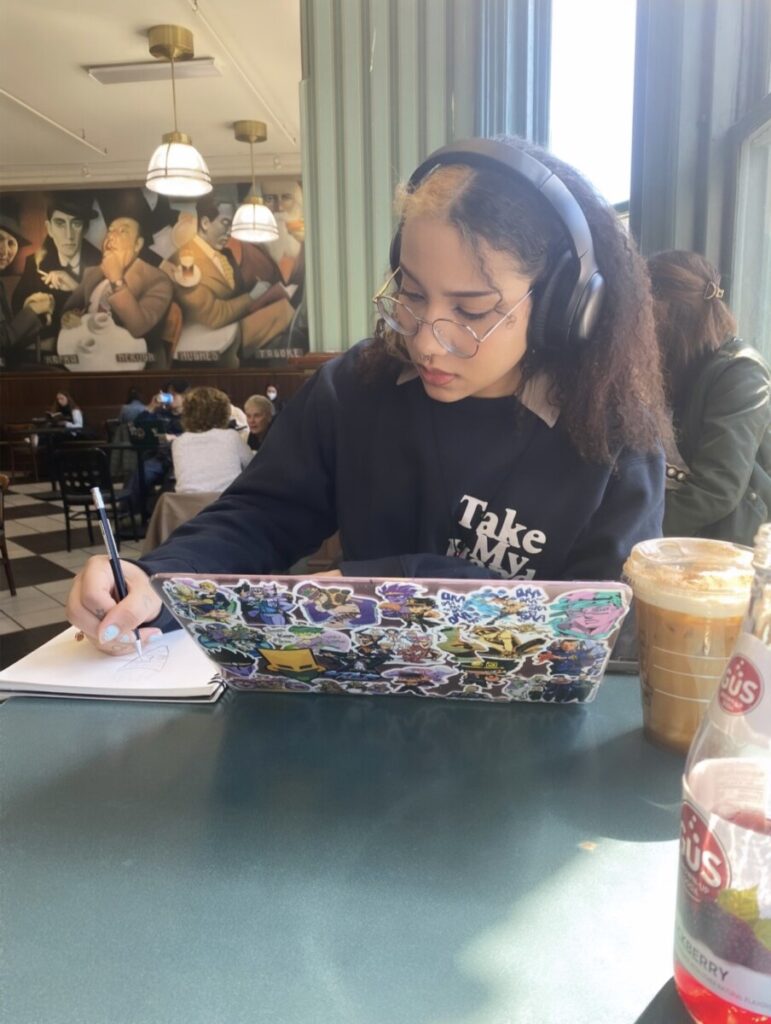Looking at the Fairey Copyright case study, it’s hard to know how the courts would have handled it. I understand Fairly using the photograph as the basis or reference for his final poster, there were substantial changes made to it which made it it’s own work. It makes me wonder how many illustrators would be made to go to court over using reference photos of people. However, it should be noted that in the “Use of Photography” section of the AIGA Design and Business Ethics Handbook it states, “A client may want an all rights contract. Having all rights would mean the client could use the work in any conceivable way.” It’s clear that Fairey was not a client and did not have an all rights contract with Garcia, which makes Fairey lean more into the unethical side of things. On the other hand, in the “Guide to Copyright” section, it states, “Work must be original and creative to be copyrightable. Here, “originality” simply means that the designer created the work and did not copy it from someone else.” One could argue that Fairey took the inspiration of Garcia’s photograph and used it to create his original illustrated piece.
Personally, I think the two are completely separate pieces with opposing goals. It states, “Second, Fairey’s purpose in creating the poster was the same as Garcia’s purpose in making the photo — namely, to “capture the essence of Senator Obama.” However, I think Fairey and Garcia had two completely different things they were trying to communicate. Garcia simply wanted a nice photograph of Obama’s face, while Fairey was focusing on the other artistic aspects around the face, being the color palette and the meaning behind it, the typeface, the “correction” of body proportions to make Obama “more appealing.” Both are unique pieces of work, and I’m glad they settled and chose to collaborate in the end.








